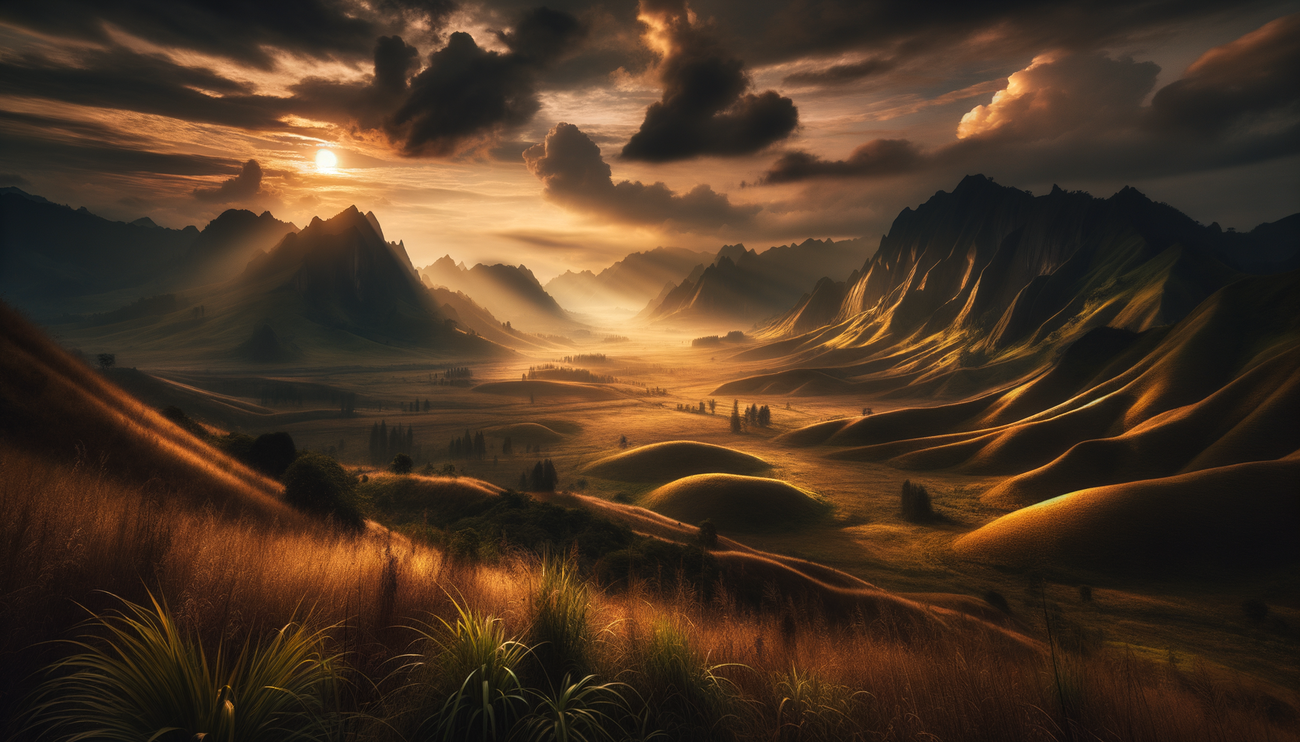
Light and shadow are two fundamental elements that significantly influence the perception and mood of photographs. They can be powerful tools for crafting a visual story that captivates the viewer's attention. In this article, we will explore how the skillful use of light and shadow can transform your photographs and enhance their impact on the audience.
When you start exploring photography, light and shadow may seem like simple concepts. However, their complex interplay plays a key role in creating expressive and memorable images. In this article, we will look at several ways photographers can utilize these elements to enhance their work.
Firstly, it’s important to understand that light not only illuminates objects but also shapes them. Different light sources can create various moods. For example, soft diffused light at dawn or dusk creates a warm and cozy atmosphere, while harsh midday sunlight may cast sharp shadows and contrasting effects that evoke drama.
Shadows are no less important in creating photography. They can add depth, texture, and dimension to your images. By using shadows, you can direct the viewer's gaze, drawing attention to the center of your composition. Additionally, shadows can help create a sense of place and time, as well as add drama to a scene.
For instance, portrait photographers often use soft light to create flattering images, but experimenting with harsh light and stark shadows can lead to striking and memorable works. It is crucial to consider how light and shadow interact with each other to achieve the desired result.
It's also worth noting that colored lighting can alter the perception of light and shadow. Different color temperatures can evoke various emotional responses. Cool tones can create feelings of solitude and sadness, while warm tones radiate energy and joy. Remember that the color of light is a tool that can be used to set the mood.
The next important aspect is composition. How you arrange elements within the frame can significantly influence the interplay of light and shadow. Use the rule of thirds or foreground and background to simplify your shots. Consider how shadows might frame or highlight key elements in your story. Creating contrast between light and shadow also helps to enhance compositional techniques such as lines and shapes, leading to a stronger visual impact on the viewer.
Finally, do not be afraid to experiment. Photography is an art that involves exploring and discovering new ways to communicate your ideas. Use contrast to highlight features, or think about how different light sources might change your scene. Regular practice and attention to detail will help you better understand how to manipulate light and shadow in your photography.
In conclusion, light and shadow are not just technical aspects of photography, but essential elements that bring visual stories to life. Understanding their interaction and influence on perception will help you create more expressive and engaging works that resonate with viewers.


